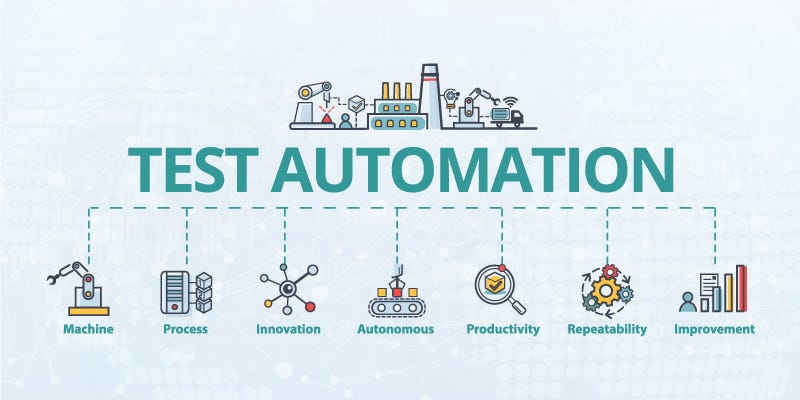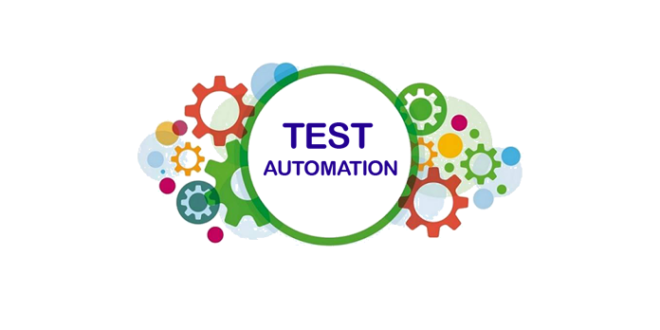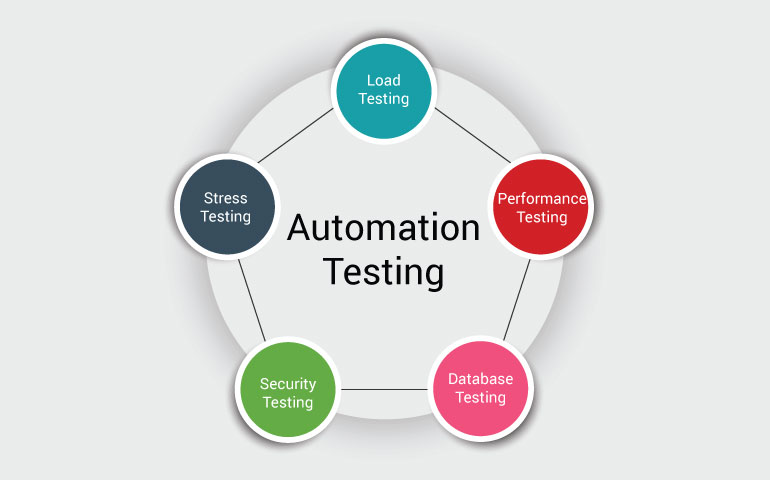Mastering Automation Testing: Tools, Techniques, and Benefits
Mastering Automation Testing: Tools, Techniques, and Benefits
Blog Article
Ensuring Success in Automation Checking: Key Metrics, Obstacles, and Solutions Every QA Team Must Know
In the realm of software application top quality guarantee, the landscape of automation screening is ever-evolving, demanding a meticulous approach to guarantee seamless procedures. The trip to mastering automation testing is led with subtleties that need an eager eye for surveillance, evaluation, and continuous improvement. As the industry moves forward, the pursuit for ideal performance in automation screening remains a constant quest, prompting QA teams to equip themselves with the knowledge and techniques necessary for accomplishment.
Relevance of Secret Metrics
Understanding the relevance of essential metrics is essential for reviewing the performance and effectiveness of automation screening procedures. Key metrics act as measurable actions that give useful insights right into various aspects of the screening process, such as examination protection, examination execution time, flaw thickness, and test instance performance. By evaluating these metrics, QA groups can recognize bottlenecks, ineffectiveness, and areas for enhancement within their automation screening framework.
One critical element of key metrics is their capability to track development and keep track of the total health of the testing process (automation testing). They enable stakeholders to make educated choices based upon data-driven insights, which can result in a lot more reliable screening techniques and better resource allotment. Additionally, vital metrics can help teams set reasonable objectives, determine the success of automation campaigns, and show the ROI of automation testing efforts

Common Obstacles Dealt With
Obstacles frequently come across in automation screening processes can significantly impact the overall performance and performance of QA groups. One of the significant difficulties is the selection of the right test instances for automation. Not all test instances are appropriate for automation, and choosing the incorrect ones can result in lost time and resources. Additionally, maintaining test scripts can be a complicated job, particularly as the application undertakes regular changes. Examination manuscript upkeep requires continuous updates and alterations to guarantee they reflect the current functionality properly. An additional usual challenge is the preliminary financial investment required for establishing automation structures and devices. This can be a barrier for some organizations, particularly smaller sized ones with restricted spending plans. Moreover, automation screening might not cover all aspects of screening, such as use and individual experience screening, which still call for hand-operated intervention. Getting rid of these challenges requires appropriate preparation, critical test case choice, durable upkeep procedures, adequate resources, and a clear understanding of the restrictions of automation screening.
Efficient Solutions for Challenges
To attend to the barriers encountered in automation testing, implementing reliable remedies is necessary for improving the performance and performance of QA teams. One key remedy is to buy robust training programs for QA groups to guarantee they have the needed skills to efficiently utilize automation devices. Training can connect knowledge voids, enhance understanding of automation frameworks, and enhance scripting capabilities, inevitably resulting in more reliable test production and execution.
An additional important solution is to develop clear communication networks within the QA team and with various other stakeholders, such as developers and task managers. Reliable communication aids in aligning assumptions, sharing progress updates, and without delay dealing with concerns or obstructions that might arise throughout the automation testing process.

Tracking and Analysis Strategies
Applying efficient monitoring and evaluation methods is important for guaranteeing the success and performance of automation screening processes. By utilizing surveillance tools, QA groups can track the performance of test manuscripts, identify traffic jams, and pinpoint locations for improvement. Real-time monitoring permits quick discovery of problems, making it possible for rapid response and resolution. In addition, evaluating examination results and metrics gives useful insights right into the top quality of the software program being evaluated and the performance of the testing approach.
One secret strategy in tracking and evaluation is using dashboards that combine pertinent metrics and KPIs in a visually available layout. These control panels use a comprehensive introduction of test execution condition, examination insurance coverage, defect patterns, and various other crucial info. Frequently assessing and assessing these dashboards More Info can help QA teams make notified choices, focus on jobs, and optimize testing efforts.
Additionally, carrying out automated informs and alerts based upon predefined limits can boost proactive monitoring and prompt intervention. By setting up informs for efficiency deviations or examination failures, teams can attend to issues without delay and stop them from rising. Generally, tracking and evaluation methods play an essential role in making sure the efficiency and success of automation testing initiatives.
Continuous Improvement Methods
Enhancing the effectiveness of automation testing processes demands the regular refinement of methodologies and strategies. One key strategy see here to boosting automation testing procedures is to perform routine testimonials and retrospectives.

Verdict
To conclude, it is critical for QA groups to comprehend the essential metrics, difficulties, and solutions in automation screening to ensure success. By very carefully keeping an eye on and assessing data, executing efficient solutions to typical obstacles, and continually boosting techniques, QA teams can maximize their screening procedures and provide top quality software. Sticking to these methods will inevitably bring about more efficient and effective automation testing methods.
By analyzing these metrics, QA teams can identify bottlenecks, inadequacies, and locations for improvement within their automation screening framework.
Furthermore, crucial metrics can assist teams established realistic goals, determine the success of automation initiatives, and demonstrate the ROI of automation testing efforts.
Difficulties typically run into in automation testing processes can considerably affect check over here the overall efficiency and effectiveness of QA teams. Automation testing might not cover all facets of testing, such as use and customer experience testing, which still call for manual treatment.In verdict, it is essential for QA teams to understand the essential metrics, difficulties, and solutions in automation testing to make certain success.
Report this page